関西はやっぱりおもしろい そのクリエーティブパワーを探る(後編)

中治 信博
株式会社ワトソン・クリック

多様な歴史と文化を誇り、独自のエネルギーを生み出してきた関西。広告・コミュニケーション分野も例外ではない。道頓堀のネオン看板は観光名所となり国内外で有名だ。また、“おもしろい”CMを多数輩出し、そのパワーは世界の広告賞も認めている。関西が生み出す広告の力の源泉は何なのか。クリエーターの声とともに、最近のトピックスを紹介する。


無意識に培っている「楽しませる」姿勢
人を楽しませることが根底にある関西の土壌や関西人の視点は、広告には向いているんじゃないでしょうか。関西人は小さな子どもでも、自然にどうやったらウケるかを考えていますから。警戒してる人をリラックスさせて、人の心の中に入っていく方法ですね。それは、関西クリエーティブの強みの一つだと思います。
関西のクリエーティブというと、笑える広告を思い浮かべる人が多いでしょうが、「おもしろさ」は人を笑わせることだけではないですよね。電通関西支社に勤めていたころ上司であった、「堀井チーム」を率いる堀井博次さんからは「広告はなにも滑稽でなくてもいい」と、よく聞いていました。大事なのは、興味深いと感じてもらうことだと思います。
広告は、「なに?」と興味を持ってもらうことと、「なるほど」と理解してもらうこと、その二つからできていますが、興味を持ってもらう方が難しいです。駅のホームに立っていて、目の前の看板広告が視界に入っているのに、全然見てないこともある。
もちろん、東京でも大阪でも場所を問わず、広告に携わる人は毎日「どうやったら見られるか」を考えているわけなので、すごく大きな差はないかもしれません。ただ、仕事だからとかではなく、常に無意識に人を振り向かせることを考えている、そんな心の構造は関西人の方が傾向として強いような気がします。
あと関西人の東京との一番の違いは、理屈に弱いことです。ていうと欠点みたいですけど、いや、関西人でそうじゃない人もいるんでしょうけど、「要するに何?」っていうくくり方をしたがるんですね、途中の経過を省いて。直感的というか。それがとんでもない発明につながる場合もたまにある。理屈に強い東京の時代も長く続いてますから、そろそろ全く新しい表現スタイルが関西から生まれるころかもしれません。
普通の人の目で見続けることは難しい
個人的なことでいうと、僕は流行にはうとい方で(笑)。どちらかというと根本的な人間の感情に基づいた発想が好きです。江戸時代とか、もっと前からあるような、いつの時代にも通じる普遍的な思考回路で発想するというのかな。関西にはその傾向があるように思います。
例えば、すぐ怒る人って身の回りにいますよね。そういう人が広告に出てくると、つい気になって見てしまう。そういった人間観察から生まれるアイデアは時代と関係ないので、あんまり古くもならない。
それと関西の垣根のなさ、言い換えれば発想が“平たい”ところも特徴です。どんな分野でも、2年くらい突き詰めればある程度の専門家にはなれると思うのですが、詳しくなればなるほど、逆に普通の人の目で見続けることは難しい。僕らでも、クライアントと何度も打ち合わせを重ねるうちにどんどんその商品やサービスに詳しくなっていきます。
でも、広告を見る人は普通の生活の中で、なんの準備もない状態で不意に広告に接する、いわば“平たく”見るので、そのシチュエーションと同じような視点で考える必要がありますよね。もちろん、発案から具体的に形にしていくまで、僕らとクライアントの間には理屈がありますが、それは見る人には関係ないわけで。さっきまで全く関心がなかった人に、なんとなく気になったり分かったりしてもらうには、その人の気持ちと同期させることが大事です。
伸び伸びと才能が育つ土壌
平たく、そして気楽に考えるところ。気楽というと、なんだか不真面目に聞こえるかもしれませんが(笑)、見る人と同期させるという点では意外と見過ごせない点です。理屈っぽく真面目に広告を見る人は、まあいませんから。その点は、文化的な特性のおかげで、アドバンテージがあると思います。
関西クリエーティブには国内の広告賞やカンヌをとる人が次々に出てきてクオリティーは一流ですし、その割に難しいことを言わないので仕事を頼みやすい(笑)。若手のCDやAD、プランナー、コピーライター、ウェブクリエーターにも、よくできる人がいます。商売人の気質もあって、費用対効果を常に考えていますし、だからこそ結果にこだわりますし。明確な訴求ポイントを短期間で浸透させたいときや、膠着(こうちゃく)した状況を打破したいときは、特に役に立てるのではないでしょうか。
ちょっと不思議だなと思うのは、大阪は人材が育ちやすいような気がすることです。人数の割に、いい人がポコポコ出てくる。それは東京に拠点を移して、感じるようになりました。もしかすると人間関係が濃いからかもしれません。中小企業のような密な雰囲気や、徒弟制度の土壌が残っているからか、先輩の腕を盗みつつ、伸び伸びと持てる能力を伸ばしている感じがしています。そういうの、東京では1990年代に消えてしまったんですが、関西にはまだちょっとあるんですよね。そんなところにも、僕は期待しています。
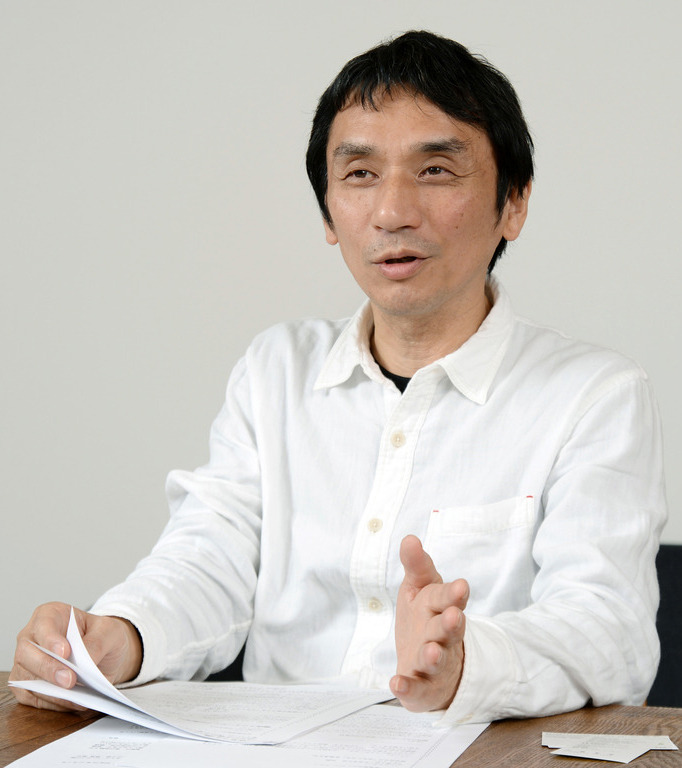
中治 信博氏
ワトソン・クリック
クリエーティブ・ディレクター
1980年電通入社。2009年ワトソン・クリックを設立。TCC賞、ACC賞グランプリ、クリエーティブ・オブ・ザ・イヤーなど受賞。



初代から型破りだった!6代目に進化した大阪の顔
10月23日、大阪・ミナミのランドマーク「道頓堀グリコサイン」の6代目が完成し、市民や観光客など国内外から注目を集めている。

この看板の歴史は1935年(昭和10年)にさかのぼる。初代は高さ33㍍のネオン塔で、ランナーとグリコの文字を6色に変化させ、同時に毎分19回点滅する花模様で彩った。当時としては画期的、型破りのネオンとして一躍ミナミの名物になったという。以来、市民に親しまれながら、さまざまな工夫の下で代替わり。2003年には大阪城天守閣や住吉大社などの歴史的建造物とともに「大阪市指定景観形成物」に指定された。
そして、今回の6代目はゴールインマークを中心に配し、バックには大阪城や通天閣、富士山やエッフェル塔、ビッグベンなど国内外の名所のLED画像が流れる仕掛けを施した。高さ20㍍、横幅約10㍍のサインには約14万個のLEDチップを使用し、毎日午後6〜12時に点灯。生まれ変わった名所、新しい大阪の顔を見ようと、戎橋(えびすばし)の上では連日、地元の人々に加え、国内外の観光客らが記念撮影を楽しんでいる。

「買わんでええから見にきてや」商店街が活性化するポスター展
兵庫県の阪急伊丹駅周辺西台地区の店舗を中心に、11月1日から「伊丹西台ポスター展」(主催=伊丹西台商店会、リータ商店会、伊丹市)が開かれている(2015年3月1日まで)。「買わんでええから見にきてや」のキャッチフレーズで、地域再生のために電通グループの若手クリエーターが各店舗のPRポスターを制作し、地域への集客と店舗の魅力アピールを図るこの取り組みは、大阪の新世界市場(12年)、文の里商店街(13年)に続いて3回目。おもろいポスターがある商店街として話題が話題を呼び、13年には大阪商工会議所からも表彰されたほどだ。
今回のポスター展は、西台地区という町全体に約180枚掲出されている。掲出マップは阪急伊丹駅まちづくりプラザやJR伊丹駅観光物産協会、ポスター展参加36店舗に設置。スタンプラリーや、ポスター総選挙(12月6日〜)なども実施し、盛り上げを図る。西台は阪神・淡路大震災で大きな被害を受けており、震災から20年となる15年1月17日には「西台復活祭」と銘打ってイベントを展開する予定だ。
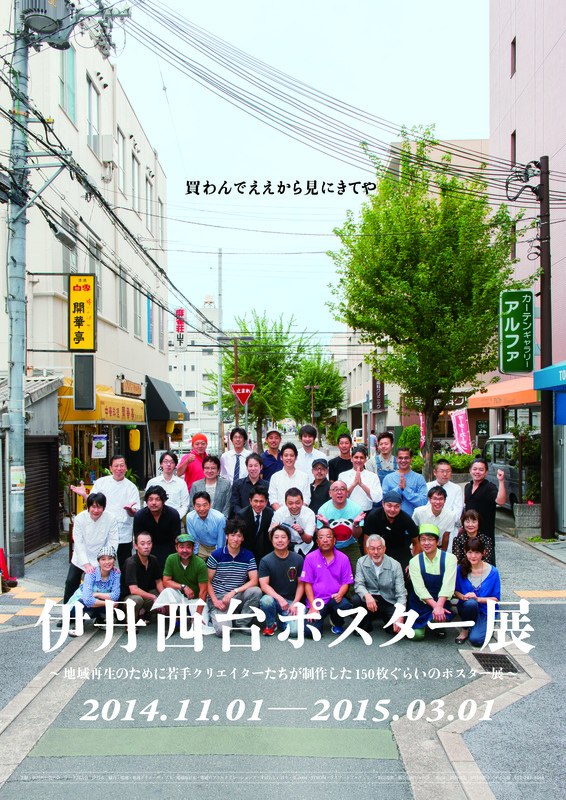
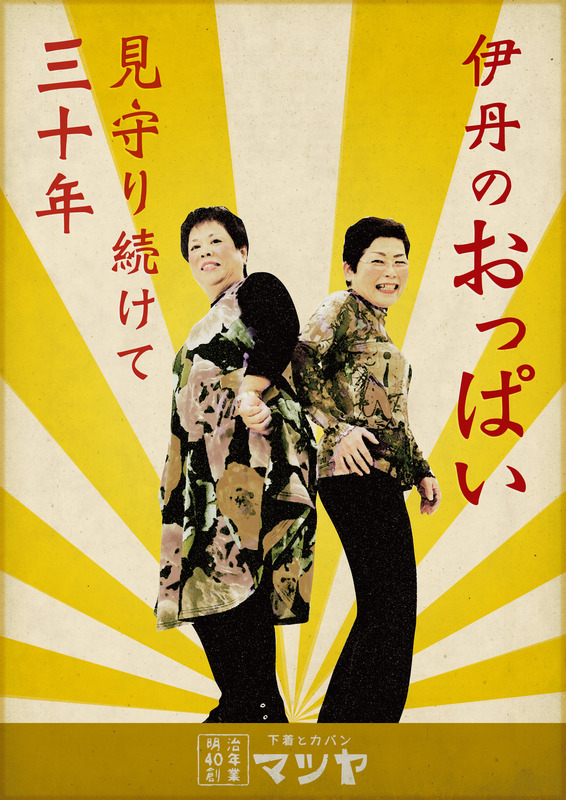

夜の映画村で江戸時代にタイムスリップ
世界に誇る日本の伝統を遊ぶ
11月22、23の両日、京都市右京区の東映太秦映画村で、京都が世界に誇る伝統工芸や文化を遊ぶ夜宴「太秦江戸酒場」(主催=東映太秦映画村、東映京都撮影所、琳派400年記念祭、電通)が行われた。
太秦に残る時代劇の資産を継承すべく、閉場後の午後6時から9時を大人向けエンターテインメントの場に変えたプロジェクトで、提灯の灯り、三味線の音、行き交う侍や町娘と、江戸時代の京都の町を再現。電通が企画、演出、販売まで手掛けた。

来場客は江戸の昔にタイムスリップしたかのような感覚の中、町中に備えた四斗樽を巡って、京都の酒や一流料亭の美味い肴を味わいながら伝統文化に浸った。場内では能舞台や野点などが催された他、個々の家屋で京文化の継承者たちがワークショップを行い、表具張り、謡などの伝統芸能、工芸を披露した。本物の役者による迫力ある殺陣が目前で起こるライブ時代劇のサプライズ演出も織り交ぜ、時代劇の新しい魅力を伝えた。
入場チケットをウェブサイトで受け付けしたところ事前に完売。今回の好評を受けて、第2弾以降も季節を愛でる新たな企画を仕掛けていくという。
「はなやか関西」コンセプトに10府県へのインバウンドを推進

関西経済連合会(関経連)は9月、関西広域連合や関西地域振興財団と協力として関西地域10府県をPRする「はなやか関西シンボルマーク」を策定した。関西広域のインバウンド(訪日外国人観光)促進に向け、外国人旅行者向けのホームページや各種チラシ・ポスターなどに積極的に活用している。
マークは、2009年に関経連が提唱した関西地域ブランディングのコア・コンセプト「はなやか関西」を、花をモチーフに表現したもので、花弁に関西10府県の“はなやか”を象徴する要素をデザイン。琵琶湖(滋賀)、五重塔(京都)、通天閣(大阪)、神戸港(兵庫)、大仏(奈良)、熊野古道(和歌山)、二十世紀梨(鳥取)、鳴門のうず潮(徳島)、眼鏡(福井)、伊勢神宮(三重)など、関西の持つ豊富で多様性に満ちた魅力を込めている。電通関西支社のアートディレクター集団「Dentsu Design Ninja」(下記コラム参照)が手掛けた。

 |
 |
関西ならではの、強烈なクリエーティブ表現で課題を解決
より効率の良いソリューションを。「チーム古川」と「チーム中尾」、それぞれに個性的な二つのチームで構成された特命プロジェクトチーム。関西ならではのアクの強い表現や強烈なユーモア、図太いアイデアで、広告主のマーケティング課題、コミュニケーション課題を解決する。「チーム古川」は、大日本除虫菊、関西電気保安協会をはじめとする関西おもしろCMの源流「堀井チーム」のDNAを色濃く引き継いだチーム。「チーム中尾」はコミュニケーションデザインを駆使した斬新なアイデアと話題づくりに定評がある。

デザインは世界共通言語
|
 |

関西発の広告で培ったデザイン力を、広告以外の分野でも発信しようと立ち上がったのが「Dentsu Design Ninja」だ。メンバーは海外広告賞受賞歴のあるアートディレクターが中心。ジャンルは広告、商品開発、店舗開発、プロモーション、キャラクターデザイ ン、コンテンツ開発など多岐にわたり、クライアントの多様な課題解決に対応する。デザインは世界共通言語との考えの下、グローバルな視点で取り組んでい る。既成概念にとらわれない自由な発想とユーモア、人の心に直接訴えるスピードの速いコミュニケーションをモットーに、これまでになかったデザインを多数 生み出している。

ユーモアと正直ベースのコミュニケーションで
|
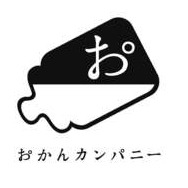 |

2014年度TCC新人賞を獲得した病児保育のNPOノーベルのポスター
“おかん”社員14人で構成。“おかん”たちの独特のユーモア、正直ベースのコミュニケーションスタイルを生かせないかという思いから発足した。以来、子ども服 メーカー、児童教育などの案件で力を発揮。病児保育NPOと協働した子どもが病気になったときのノウハウ集『働く!!おかん図鑑』の制作、朝日新聞大阪本 社の広告企画「おかん新聞」の開発なども行った。「ワーママ(ワーキングママ)を楽しむ人の息抜き&お役立ちサイト」をコンセプトに「ハタママ!」(www.babycome.ne.jp/hatamama/)の企画・運営にも参画している。 |
 |
マスからデジタルまで
あらゆるステージで縦横無尽に新しい価値を設計する
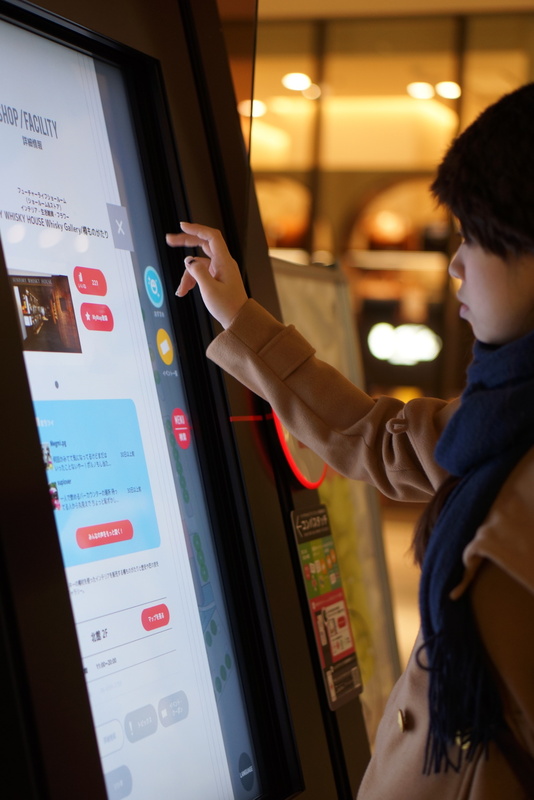
クリエーティブの素養を持つメンバーが集まり、戦略・技術など特化した専門スキルのマッシュアップ(相乗作用)を実現することで、アイデアを核にした、 「次」につながる新しい価値を設計するチーム。「技術・情報の集積とプロトタイピング(試作品づくり)によるサービスやプロダクトのアウトプット」という イノベーションと、「課題解決・価値創造のためのコミュニケーション設計」という二つの柱が武器。グランフロント大阪のコンパスサービスUI(ユーザーイ ンターフェース)デザイン、ソーシャル展開を含む各種ミュージッククリップ・プロジェクト、プロダクトデザイン、事業開発、電子工作など、マスからデジタ ルまでのあらゆるステージで縦横無尽にアイデアを形にする。
この記事は参考になりましたか?
著者

中治 信博
株式会社ワトソン・クリック
1980年電通入社。2009年ワトソン・クリックを設立。TCC賞、ACC賞グランプリ、クリエイター・オブ・ザ・イヤーなど受賞。